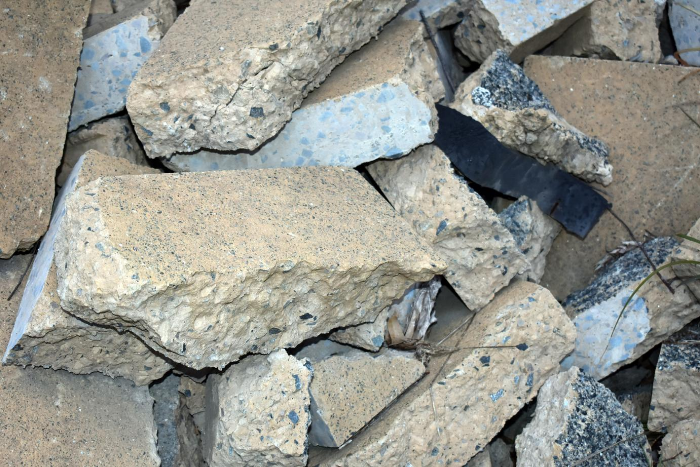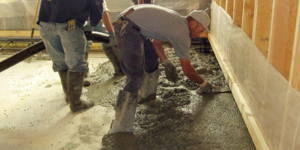
Twenty-first century methodology, with its advanced tools and state-of-the-art technology, has successfully constructed today’s looming cities. With skyscrapers growing taller by the day and buildings getting fancier, we’re neglecting the generation of an enormous pile of construction scrap in the form of concrete waste. Here are some benefits of concrete recycling and reuse.
Although not all debris can be recycled, much of it should be. It’s high time we take responsibilities for our actions. We need to adopt a sustainable solution of recycling and reusing for our construction waste.
Benefits of concrete recycling
Apart from helping to protect the environment, recycling and reusing concrete have a wide range of other benefits such as:
- They reduce construction waste which, in turn, extend the life of landfills and leave lesser nonbiodegradable waste.
- They can save you a lot of money that goes into disposal and tipping fees. For specific suggestions, visit wasteadvantagemag.com.
- Recycling demolition concrete waste near the site itself will spare you the transportation costs required to dispose of it.
- Recycling concrete can help earn LEED green building certification points, awarded for following environmentally friendly practices.
- They generate employment opportunities for daily wage laborers.
- They help to conserve our finite resources while maximizing the lifespan of raw materials since recycling concrete will reduce the need for new material.
Steps for recycling concrete
The steps involved in recycling concrete waste include:
- Equipment used to crush concrete are the same ones used to reduce boulders to gravel and sand. Double- and triple-deck screeners work simultaneously to produce and separate different products. Use of small, portable crushers helps in affordable on-site grinding.
- Using construction trash chutes, such as those available through Compactor Management Co. in Union City, California, to remove waste from sites is a useful method of safely disposing waste.
- Additionally, post removal, crushers break up the concrete. Sorting according the size of the pieces happens later. The larger lumps are further grounded, and smaller ones are sent for removal of contaminants.
- Before reusing the concrete rubble, it’s necessary to remove contaminants like dirt, wood and plastic by using various processes such as screening, water flotation, separators and magnets.
- Lastly, usable-sized concrete chunks mixed with water, sand, cement and virgin aggregate make new concrete.
Ways to reuse concrete
- Breaking down old concrete pavements to use them as a base for asphalt using a process called sublimation.
- Carefully arranged demolished concrete on walkways, driveways and hard surfaces make for a stable, porous surface through which rainwater can permeate into the ground. Proper placement of this permeable concrete will replenish the groundwater.
- Bed foundation trenches covered with gravel assist in improving drainage systems. Recycled concrete can be a substitute for the gravel.
- A considerable amount of new aggregate replaces crushed concrete for ready-mix.
- Large chunks of concrete accurately placed in the oceans can help coral reefs build new habitats and also reduce corrosion. This leads to a more generous influence on environmental sustainability.
















